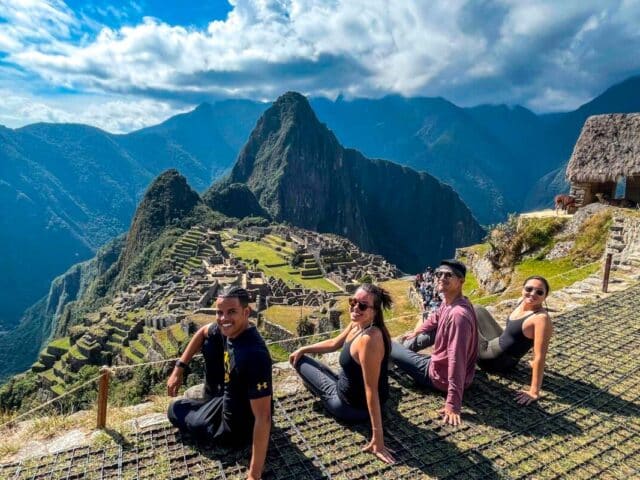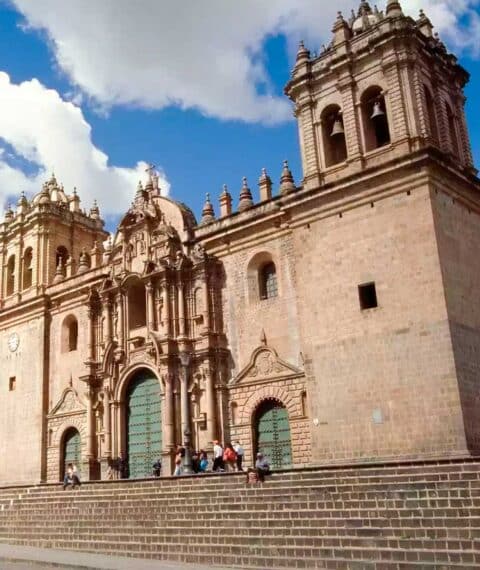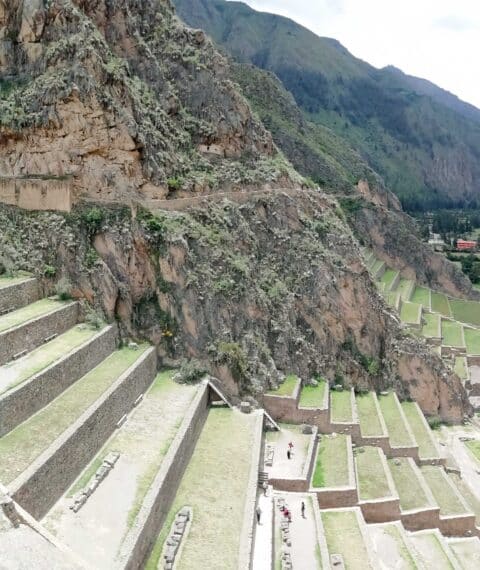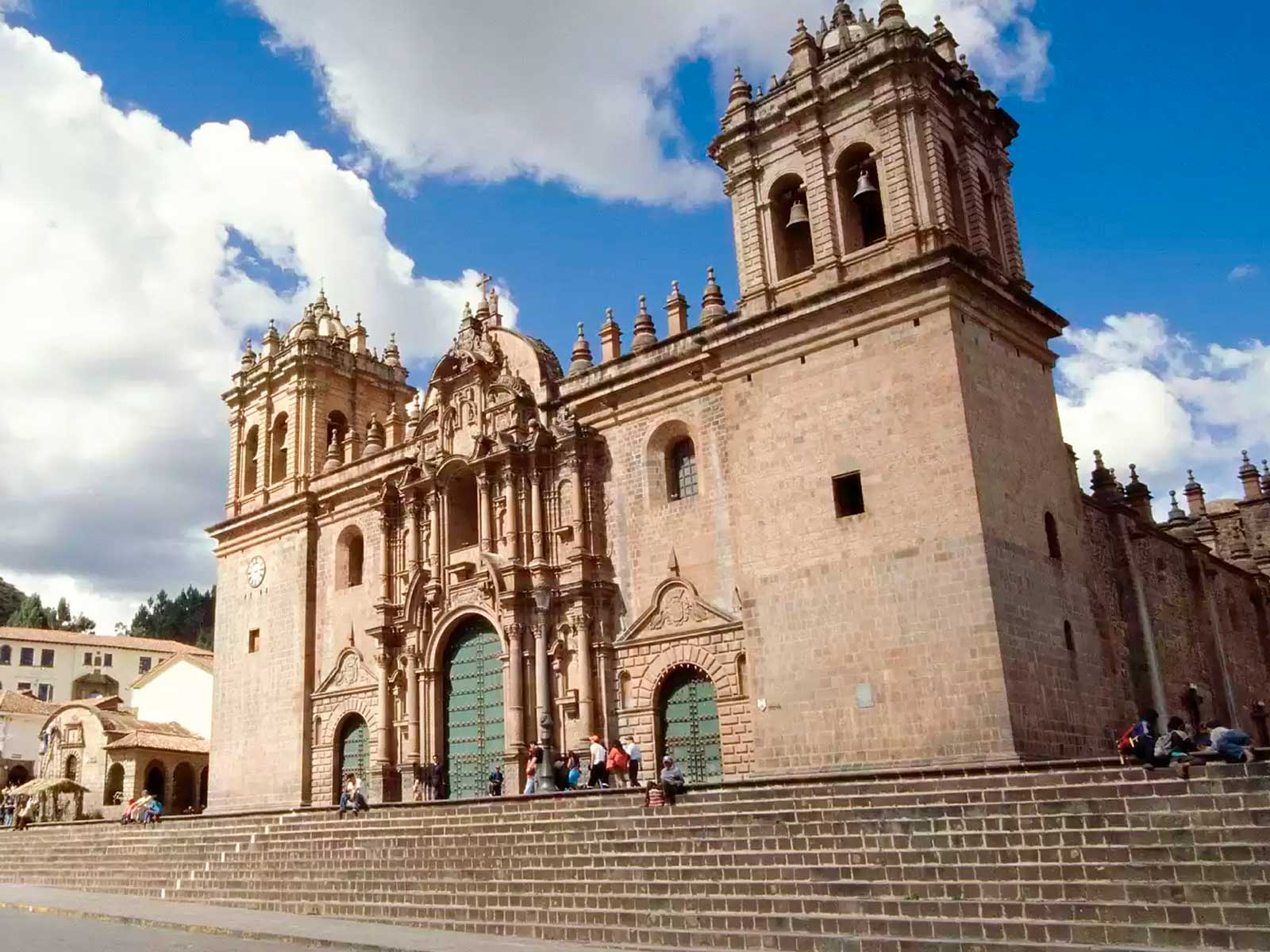Overview
The town of Maras was very important during the Inca Empire, especially because it provided salt to the entire empire. The salt was used for many purposes by the Incas. Something that makes this salt site unique is that all the ponds from which salt is extracted are located in a descending way in the middle of one of the mountains. Learn more about this amazing and unique place in this article.
Perú Maras Salt Mines
All you need to know about Maras Salt Flats Cusco Perú UPDATED 2022-2023
Maras Salt Mines or also locally known as Salineras de Maras are located in the heart of the Sacred Valley of Peru, about 50 km in the northeast of Cusco city, at an altitude of 3,200 m.a.s.l. (10498.69 ft).
The production of salt has not changed to this day and remains exactly the same as it was 600 years ago., it also is considered one of the largest salt production centers of pre-Hispanic origin in the Cusco region in Perú. Learn about the history of this fabulous place.
History fo Maras Salt Mine
Local archaeologists are not 100% convinced when and by who the Salt Mines were originally created, however, ceramic remains have been found dating from between 200 BC and 700 AD. This leads us to believe that the salt mines of Maras already existed and were in operation long before the arrival of the Incas in Cusco.
The ponds currently belong to different families living in the nearby community of Maras, who continue to have full control of their ponds, passing them on to the current generations until the present day.
How Do Maras Salt Mines Work?
There are approximately 5,500 salt ponds mounded on the hillside next to the town of Maras owned by local families living in the Sacred Valley.
To produce salt, the locals fill their ponds fully then let the water evaporate for about three days to 5 days, Once the water evaporates, the remaining crystallized salt is carefully removed with shovels and wooden spoons by locals. Afterwards, it is placed in small baskets to eliminate any excess water. After a few days, the streams are opened again and the process is repeated.
Types of salt in the Maras Salt Mines in Cusco
Salineras de Maras produces 3 varieties of salt obtained from the pools:
The pink Peruvian salt: The pink salt is found in the top layer. It is the highest quality salt and is intended for use in gourmet cuisine.
The second layer is white salt. This is locally referred to as “flor de sal” and is also used for cooking. It is also rich in minerals used more for meats and salads.
The third layer is called brown salt. This type of salt is not for cooking; however, it is widely used for baths. This salt is generally obtained in winter, from November to March.
How large are the ponds in Maras?
Each pool is no more than 13 square feet and less than 1 foot deep (4 square meters) made with dry stone walls and clay mortar.
How much does the entrance ticket to the Maras Salt Mines cost?
Please note boleto turistico does not cover this site, which requires the tourist to purchase a separate ticket to visit it.
The entrance ticket to the Salt Mines can be purchased only in Maras by locals, the cost of the ticket is 10 Peruvian soles.
Opening hours: The Maras salt mines are open from 8:00 to 17:00. If you want to beat the crowds visit it between 9 and 10 a.m.
How to get to Maras Salt Mines?
There are two ways to get to the Maras Salt Mines:
To get to salt mines of Maras we recommend you to go with a tour operator or on your own, something you should know there is no direct public bus transportation to get to Maras Salt Ponds from Cusco, if you take this cheap option take certain precautions before leaving Cusco on your own.
On a tour
Most of the tours to Maras Salt Mines depart from Cusco in the morning, generally the tours to the Maras Salt Mines have a duration of half a day, in the tour is also visited the ruins of Moray. On Maras Salt Mines tour, you will enjoy a visit to the salt mines with an expert local guide who will teach you everything there is to know about Maras.
By Taxi
The easiest way is by taxi or public transportation from Chinchero to the village of Maras. Ask locals for the best route. Although public transportation will not take you to the Salt Mines, only to the town of Maras, from where you can take a colectivo to the Salt Mines.
How much does a tour to the Salt Mines cost?
Looking to book a tour to the Maras Salt Mines? Contact us to find out about prices.
Local transportation: If going on your own, as the locals do, take a colectivo (shared cab) to Urubamba, tell the driver that you are going to get off in the town of Maras and from there take a cab to the Maras Salt Mines.
If you want to add a little spice to things, there are cool quad biking tours to Maras and Moray, experience a more adventurous trip driving through the Sacred Valley until finally arriving at the salt mines for a guided tour.
Learn more about this tour in the following link…
Weather & Best Time to Visit
It is very important to know when is the best time to visit the salt mines as this will define the colors of the scenery and the best photos you can take.
The best time to visit Maras salt mines is during the dry season, between April and October.
During the wet season (from December to March), the salt has a browner, perhaps it is not the best time to take pictures or videos because of the color of the pools, however, visiting it also has its advantages since during the wet season the place is not crowded.
Things to Do in Maras Salt Mines
Maras Moray Classic Tour
Maras Salt Mines Tours: Explore the Sacred Valley of the Incas in a group tour or private service from your hotel, this tour is a half day tour, we offer 2 schedules: Maras Moray tour in the morning or Maras Moray tour in the afternoon.
ATV Maras
Squeeze the throttle and drive through the Peruvian countryside, and explore both Maras Salt Mines and Moray ruins in one day. This is a Half Day Quad Bike ATV Tour Maras from your accommodation.
Maras Mountain Biking
In this exciting bicycle tour through Maras and Moray, we will be able to appreciate the best landscapes of the sacred valley, as well as enjoy unique places such as the ruins of Moray and the so well-known Salt Mines of Maras.
Maras Horseback Riding
Gallop through the landscapes of the Sacred Valley of the Incas. This is definitely a unique experience not to be missed if you are a lover of horseback riding.
Hiking Maras Salt Mines
Hiking to Moray and Maras is an unconventional experience, ideal for tourists who want a unique experience.
Faqs
Where are salt mines in Peru?
The Salt Mines are located in the Cusco region of Peru, exactly in the heart of the Sacred Valley on the way to Machu Picchu.
What is special about Maras?
The town is well known for its salt ponds, located down into the Urubamba Valley.
Today there are over 6,000 salt mines close to Maras town, each one is no more than 13 square feet. They are in operation since pre-Inca times.
How old are the Maras salt mines?
The Maras salt mines are over 5000 years old since they were discovered.
Why are there different colors of salt in the Maras salt mines?
The reason why you see so many colors is precisely because of the different stages that each pan is going through. The whiter the pool look the more ready for harvesting they are.
The white color is an indication that the salt pans are ready to be harvested.












